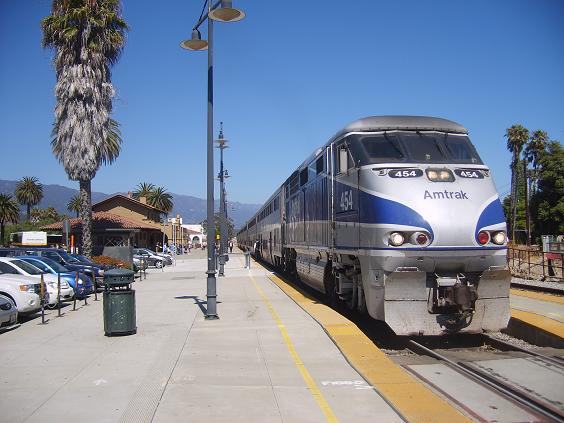Version 3.8 introduces the ability to control itineraries from an external web browser, through the itinerary switchboard.
This feature is only availbale in scenarios that have been created with the definition of the external switchboards. Both with existing scenarios and new scenarios one can continue to use the existing way to interact with the itineraries, that is buttons on the layout and the itinerary dialog activated through Ctrl+I.
How to Create a Switchboard
The switcboard is created through the Edit + Switchboard menu. A grid and a lateral panel with options will be shown on the screen. Naturally at the beginning the grid will only contain empty cells (those with the "?" links) and in the lateral panel there will only be the "New board" option.
Clicking on such option you'll be presented with a dialog asking the visible name and the file name for the new switchboard. The visible name can have spaces, while the file name cannot.
Note that it's possible to create more than one switchboard. The switchboards can even be shared among different scenarios. This allows the creation of generic boards that describe a portion of a scenario such as a control post external to a station.
The creation is very simple. Just click on one of the links on the grid to modify its attributes. In the dialog shown, enter the text to show inside the button and the name of the corresponding itinerary.
Remember to save the layout (menu Edit + Save Layout) every time the switchboards are modified.
Using the Switchboard
The switchboards so created are activated from an external web browser. The browser can be started from within the program by clicking on the link on the switchboard page (menu Edit + Switchboard).
The usage is very simple: click on a link to activate the corresponding itinerary. The page will be refreshed to show the updated state. Different colors are used to indicate the state of each itinerary:
- green: the itinerary can be activated.
- blue: the itinerary is activated but not occupied by the train.
- red: the itinerary is blocked by the presence of a train or by another itinerary.
The left panel shows the list of switchboards for this scenario. The currently selected switchboard cannot be clicked, while all the others can be clicked to show the corresponding set of buttons.
It's also possible to enter the name of an itinerary in the edit box, in case one prefers to use the keyboard to control the itineraries.
Customizations
The author of the scenario or the final user can customize the look of the switchboard by modifying the content of the following files:
- tdstyle.css: defines the colors and shape of the buttons on the page
- body_header.html: has the header and other content to be shown above the grid.
- body_footer.html: has the footer to be shown below the grid.
These files use the HTML/CSS standard, therefore anybody who has a bit of familiarity with these formats will be able to customize the look of the switchboards. The Internet has hundred of pages where one can learn about HTML and CSS, and therefore we won't discuss these standards here.
This page is maintained by g_caprino@gmail.com
(Remove the _ before sending the message.)
Created on: October 7, 2012
 English -
English - 
